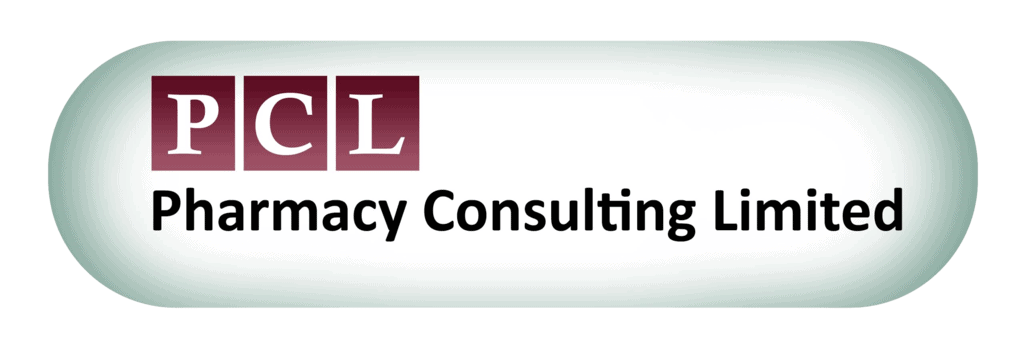Topical Steroid Withdrawal (TSW) has become a sensational topic on the internet and other forms of media. TSW is a side effect of topical corticosteroid use. Topical corticosteroids are used to treat eczema, psoriasis and contact dermatitis. TSW is more commonly associated with longer use and high concentrations of steroids. This can be because of overprescribing or a lack of proper control on topical steroid refills.
Symptoms of TSW can be very severe, leading to flaky and dry skin which can crack and cause lacerations on the patient’s skin. The condition can be incredibly uncomfortable and last for several years. Currently, it is a relatively poorly understood condition, with some medical bodies refuting the existence of TSW altogether.
Hypotheses for the cause of TSW are linked to its name, with one theory proposing that the absence of the topical steroid leads to increased nitric oxide levels on the skin and exaggerated vasodilation of blood vessels. Another theory is that the production of cortisol by skin cells, when exposed to high concentrations of corticosteroid over a prolonged period, becomes dysregulated.
In September 2021, the MHRA released a review of the evidence for TSW reactions collected through the Yellow Card scheme. The report concluded that if topical corticosteroid medicines are used and prescribed correctly, then they are safe for the treatment of skin disorders. It is necessary that the steroids are used for only a short period of time, and that there are breaks between treatments if used for an extended period. The MHRA has concluded that TSW is a rare side effect, but admits it can be a very debilitating and life changing condition. The number of Yellow Card reports considered to be attributed to TSW are relatively small compared to the number of patients who use topical corticosteroids, however it cannot be assumed that all adverse reactions to topical corticosteroids will be reported. There is often a lack of understanding of whether a skin condition is worsening of its own accord, or because of an adverse reaction to the treatment.
In conclusion from the review, information about TSW will be added to the product information supplied to healthcare professionals and patients. Additional materials are available for healthcare professionals and patients which advise on how to minimise the chances of developing adverse reactions from topical corticosteroids. This information will help patients to be more informed about the treatment they are being offered.
Owing to the controversy and lack of evidence surrounding TSW, there are a lack of treatment options, leaving patients in the dark. On online TSW forums and recovery communities, the most commonly recommended course of action is immediate cessation of topical cortical steroids. A study looking at 24 patients suffering from severe atopic dermatitis who were treated with topical corticosteroid cessation showed improvements in symptom severity and the dermatology life quality index over the course of 2 years. However, a survey of 3840 self-reported TSW patients found that 25% of participants were still suffering with skin issues 5 years after topical corticosteroid cessation.
Whether TSW will begin to be treated as a validated, independent condition or be incorporated into an existing condition or side effect, patients suffering from self-diagnosed withdrawal symptoms would benefit from further research and medical debate.
For further information please refer to the articles below –
Topical Steroid Withdrawal in Atopic Dermatitis
https://practicaldermatology.com/articles/2019-aug/topical-steroid-withdrawal-in-atopic-dermatitis
Steroid Phobia: Is There a Basis? A Review of Topical Steroid Safety, Addiction and Withdrawal
